Four-cylinder engines have often been the workhorses of the automotive world efficient, compact, and easy to produce. In the right hands, they can deliver thrills, like the Honda K-series or Mitsubishi’s 4G63. But when carmakers try to save costs, appease regulators, or simply miscalculate, they sometimes saddle otherwise great cars with dreadful four-bangers. The results are cars that look fantastic on the outside but leave drivers disappointed once they turn the key. Here are twenty infamous times manufacturers ruined otherwise promising cars with four-cylinder engines that simply weren’t up to the task.
Ford Mustang II with the 2.3L Pinto Engine

The Mustang II already had a tough job living up to the legendary first-generation Mustang. Instead of power, buyers got a 2.3L Pinto four-cylinder making barely 90 horsepower. While the car looked like a Mustang and carried the right badge, it had none of the spirit. For enthusiasts, it remains one of the lowest points in Mustang history a great-looking car crushed under the weight of a weak engine.
Chevrolet Camaro with the 2.5L Iron Duke
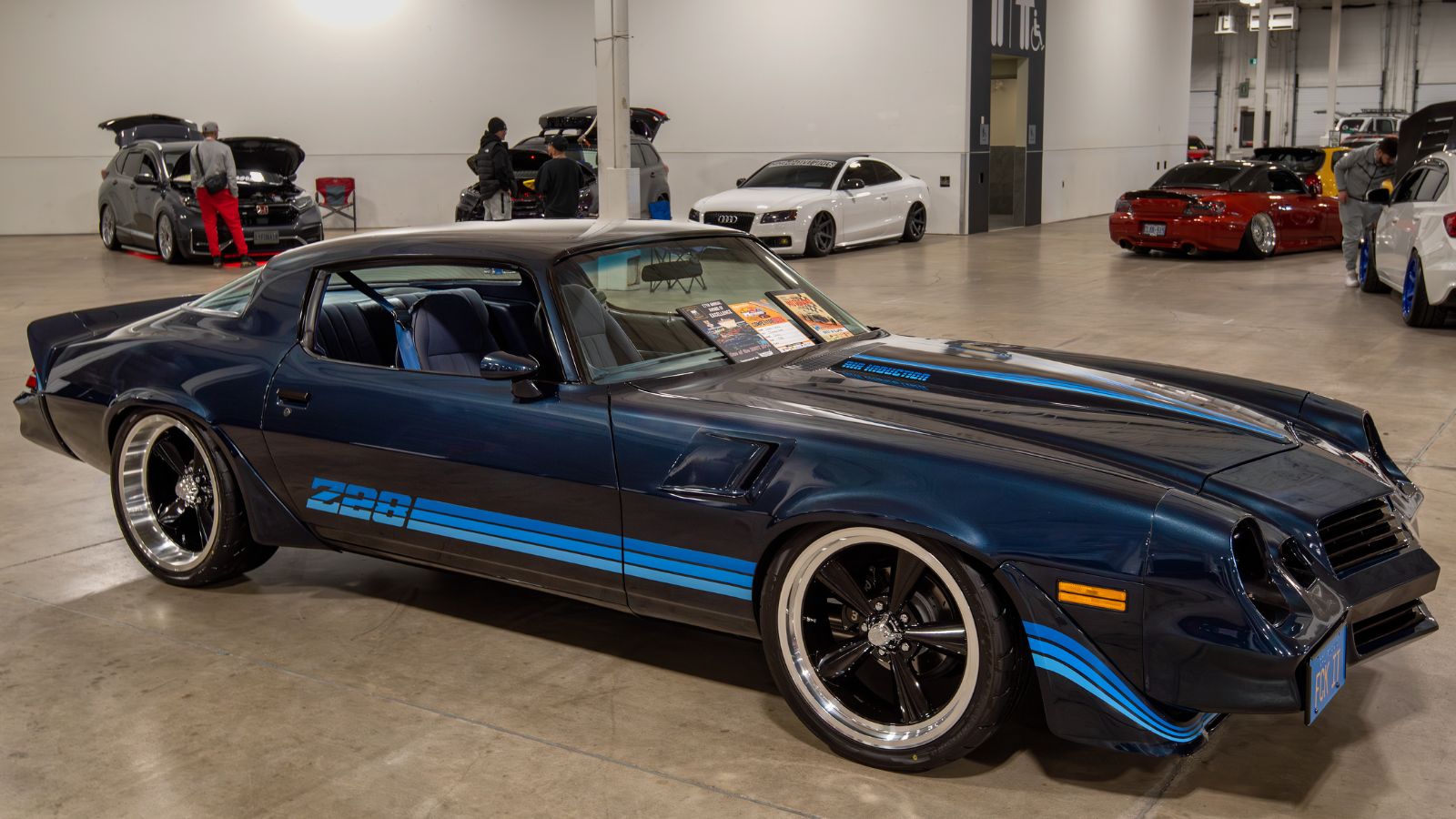
The Iron Duke was durable but completely unsuited for a Camaro. With just over 90 horsepower in the early 1980s, it made Chevrolet’s pony car slower than some economy hatchbacks. While it kept fuel economy numbers up during tough times, the mismatch between the Camaro’s aggressive styling and the underwhelming engine remains infamous.
Dodge Challenger with the Mitsubishi 2.6L Four

The Challenger of the late 1970s looked the part but underneath had lost its muscle. Fitting the Mitsubishi-sourced 2.6L four-cylinder under the hood was the nail in the coffin. With weak power output and uninspired performance, it tarnished a nameplate once associated with HEMI thunder.
Pontiac Fiero with the Iron Duke 2.5L
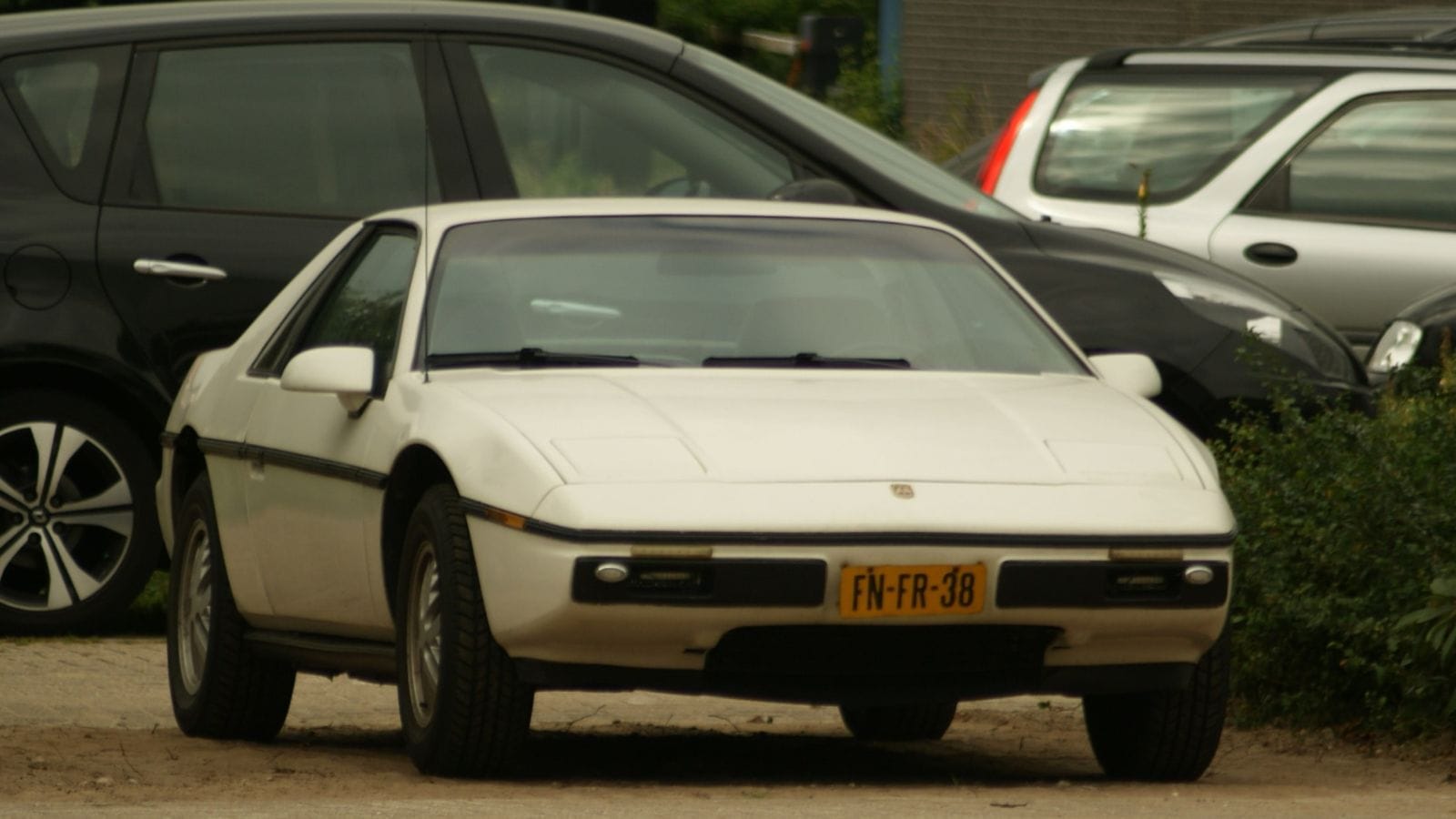
The Pontiac Fiero looked like a European exotic when it launched in the 1980s. But its 2.5L Iron Duke four-cylinder produced a miserable 92 horsepower, leaving it slower than it looked. Worse still, early reliability issues and fires damaged its reputation. Only later V6 versions showed what the Fiero could have been.
Toyota Celica GT with the 5S-FE

The ’90s Celica was sharp and stylish, particularly in GT trim. Unfortunately, the base 5S-FE 2.2L four-cylinder lacked excitement. It was bulletproof and dependable, but not what buyers expected in a car that looked ready for rally stages. Only the turbocharged GT-Four lived up to the promise, leaving many GT owners with a sporty coupe that didn’t feel very sporty.
Porsche 924 with the Audi 2.0L Four

The Porsche 924 was handsome, balanced, and a great handler. But Porsche fitted it with an Audi-sourced 2.0L four-cylinder that produced just over 100 horsepower. For a Porsche badge, that was unacceptable. The 924 could have been a fantastic entry-level sports car, but the engine choice gave it a reputation as “the poor man’s Porsche”—one that didn’t really drive like one.
Chevrolet Vega with the 140ci Aluminum Four
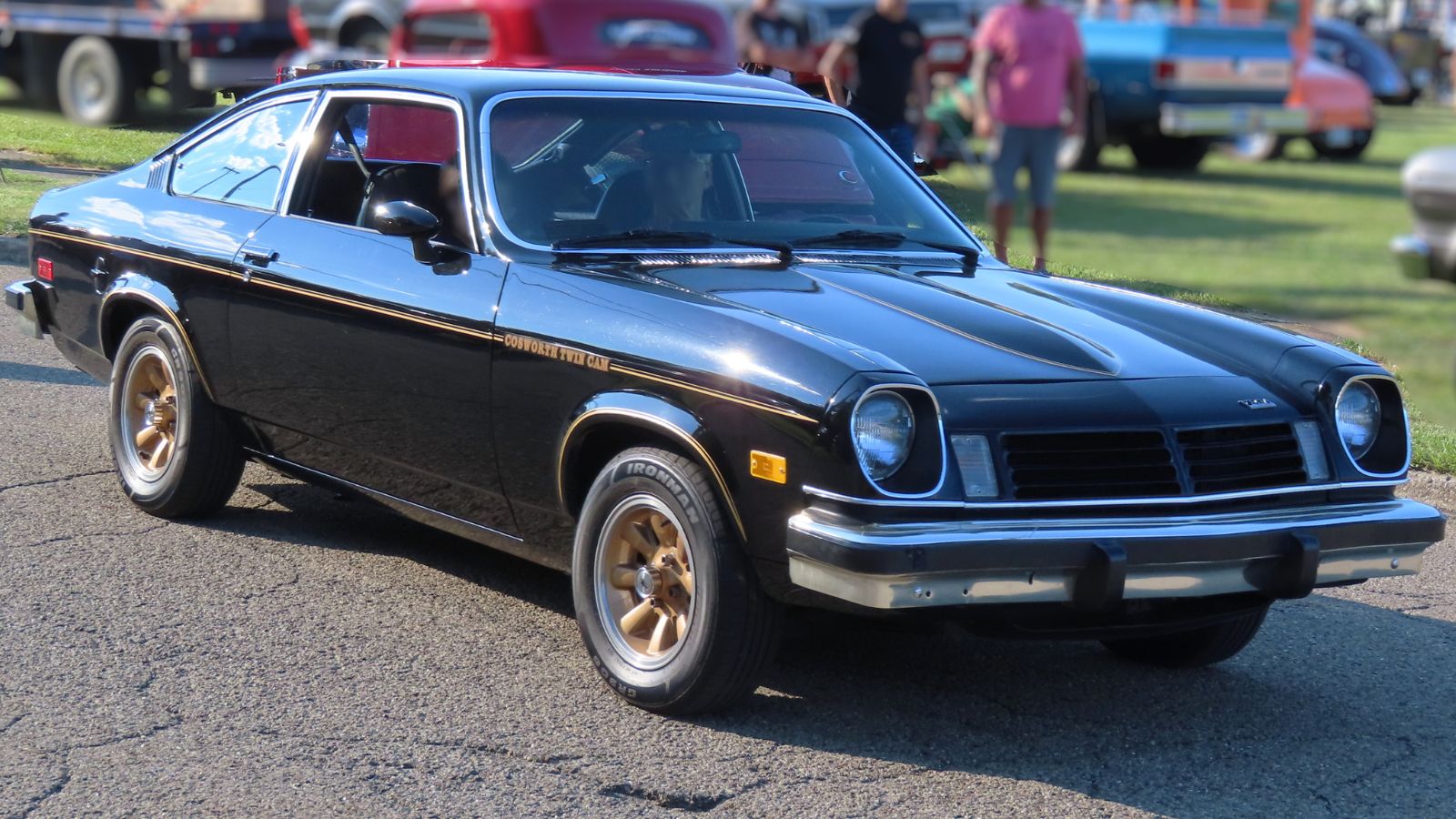
The Vega’s design was promising, but the aluminum four-cylinder under its hood was a disaster. Overheating, warping cylinder heads, and durability issues plagued owners. What could have been a landmark compact for GM turned into a cautionary tale about cutting corners on engineering.
Mitsubishi Eclipse with the Non-Turbo 2.0L

The Eclipse was a tuner icon when fitted with the turbocharged 4G63. Unfortunately, the base models were saddled with a naturally aspirated four-cylinder that delivered dull performance. Buyers who wanted the look without paying for the turbo quickly learned they’d been short-changed on fun.
Ford Probe with the 2.0L Mazda Four

The Probe had futuristic styling for its time, hinting at real performance. But the base 2.0L four-cylinder was slow and uninspiring, completely mismatched to the coupe’s bold design. The V6 option saved it somewhat, but the base engine ensured the Probe never reached its full potential in the eyes of enthusiasts.
Nissan Altima SE-R with the QR25DE
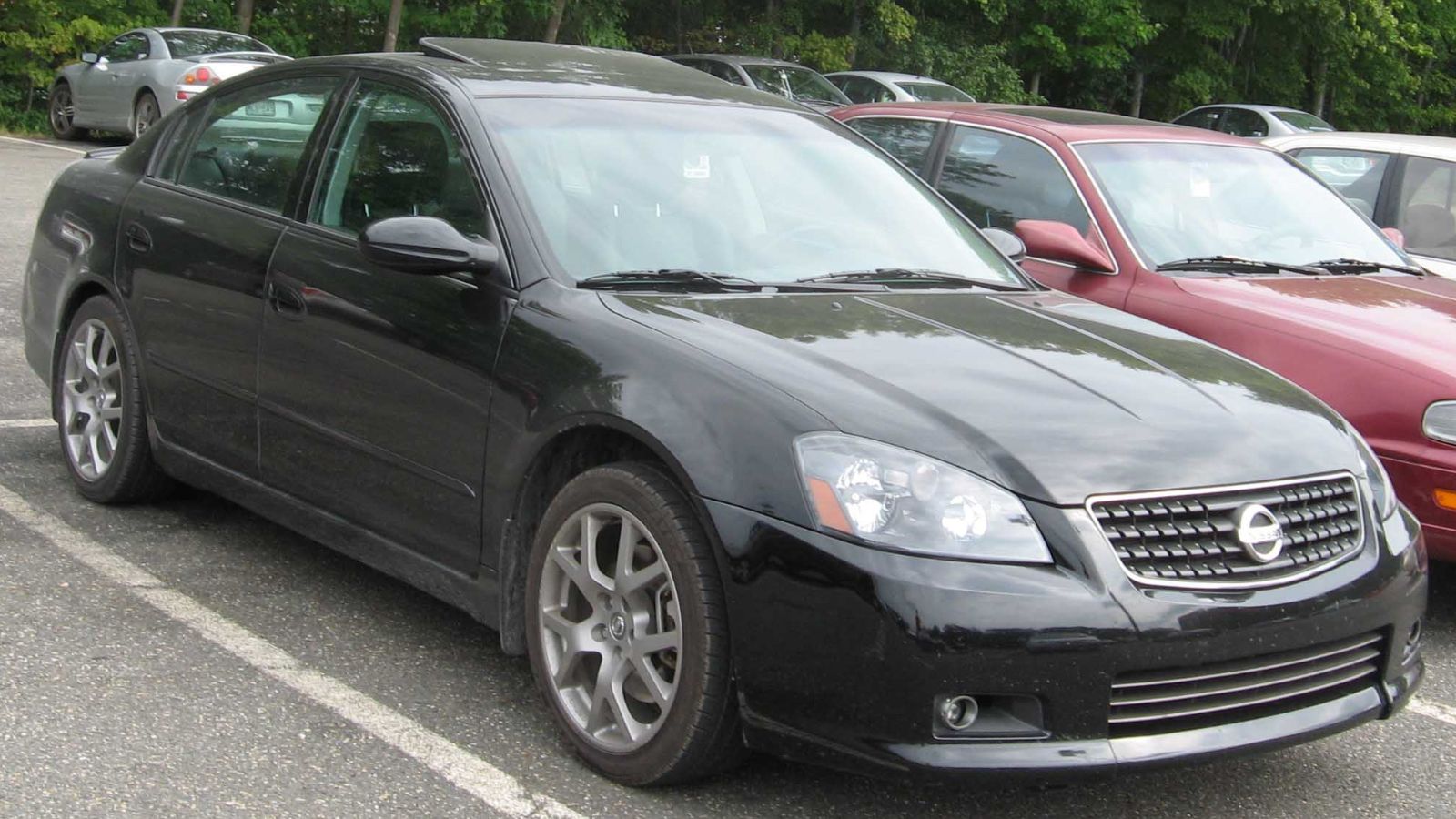
The Altima SE-R was marketed as a sporty sedan with aggressive styling, but under the hood sat the QR25DE—a four-cylinder known for oil consumption and balance shaft failures. Instead of a performance sedan that could rival its competition, buyers got headaches and unreliability.
Chrysler Sebring with the 2.4L World Engine
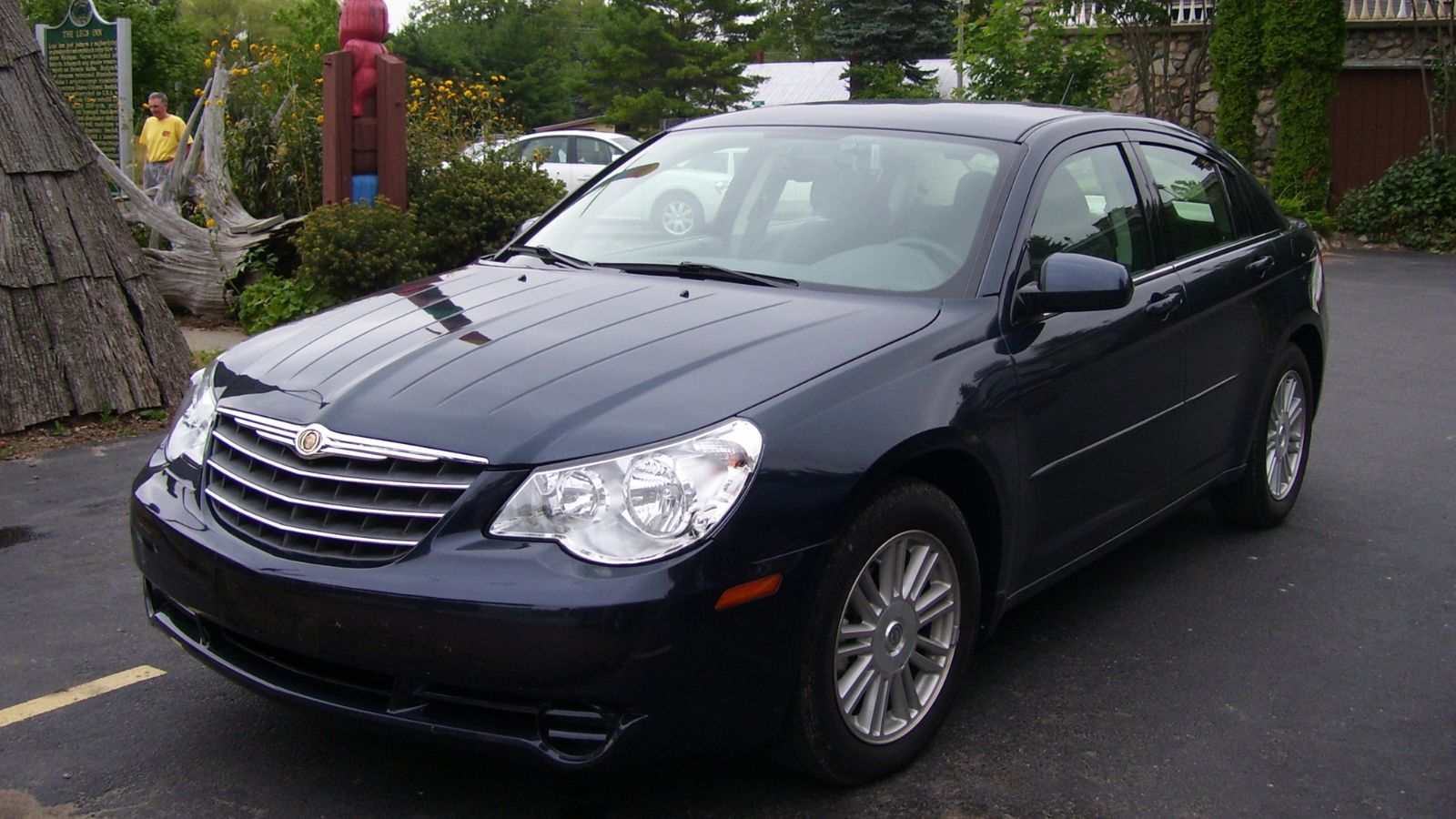
The Sebring already had a reputation problem, but the 2.4L four-cylinder made things worse. Rough, underpowered, and noisy, it cemented the Sebring’s reputation as one of Chrysler’s most forgettable cars. The styling tried to sell luxury, but the engine told another story.
Pontiac Sunfire GT with the 2.4L Twin Cam

Pontiac pitched the Sunfire GT as a sporty compact, but the 2.4L Twin Cam four-cylinder let it down. Known for head gasket issues and general unreliability, it didn’t deliver the excitement buyers wanted. Compared to Japanese compacts of the same era, it felt cheap and crude.
Hyundai Sonata with the Theta II 2.4L

The Theta II engine was used across Hyundai and Kia’s lineup, but it became notorious for catastrophic failures. Bearing wear and oil starvation caused engines to seize, leading to massive recalls. In an otherwise competitive midsize sedan, the engine ruined trust and set Hyundai back years in reliability perception.
Dodge Dart with the Tigershark 2.4L
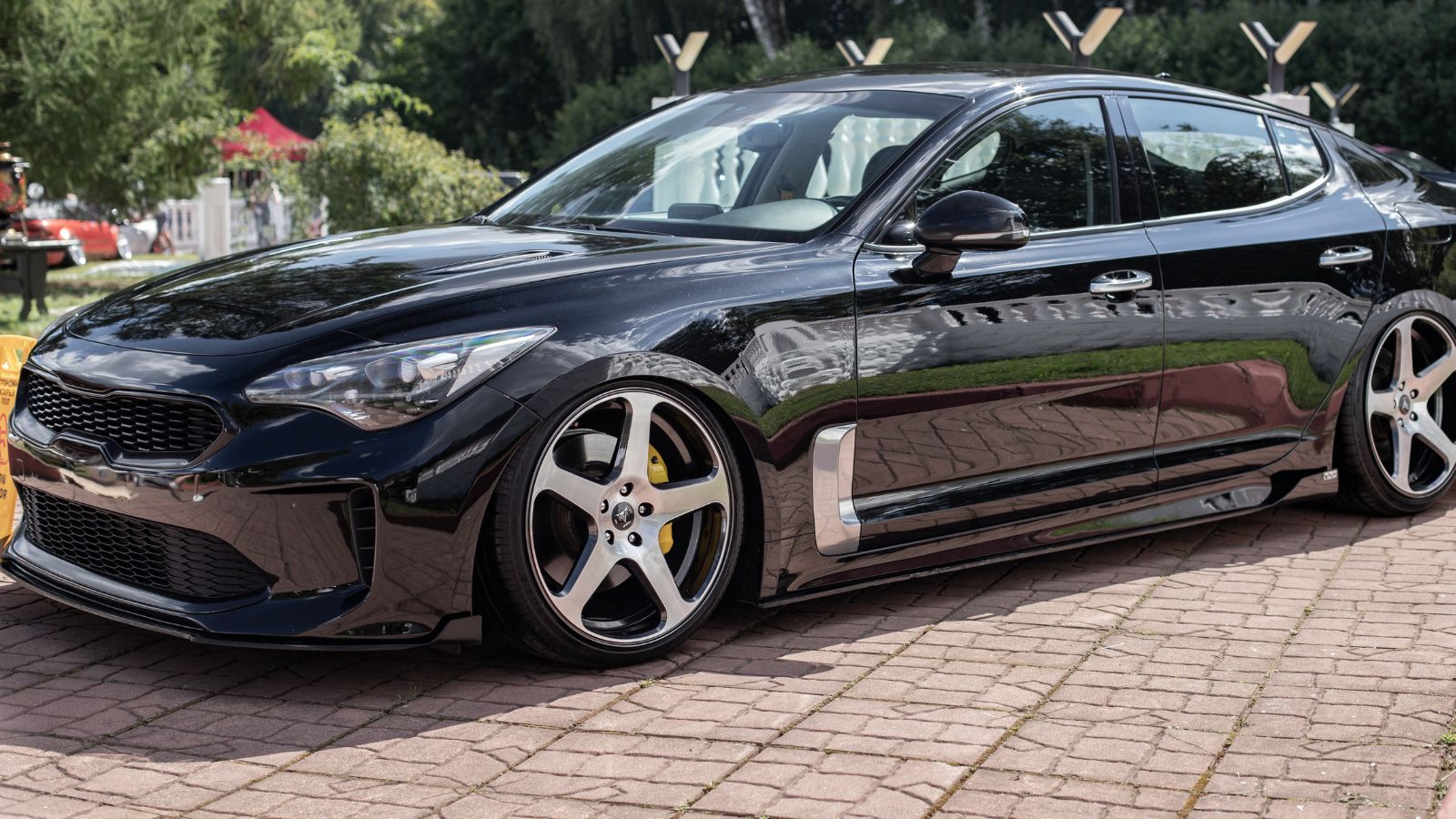
When Dodge revived the Dart name, hopes were high. It looked sharp and had modern tech, but the Tigershark 2.4L was rough, underpowered, and inefficient. Paired with a troublesome automatic transmission, it destroyed any chance the Dart had of being a real player in the compact market.
Chevrolet Cobalt with the 2.2L Ecotec

While the turbocharged Cobalt SS earned praise, the base models with the 2.2L Ecotec were a different story. Bland performance, coarse running, and unimpressive refinement left it trailing behind Honda Civics and Toyota Corollas. It showed how a mediocre engine can sink an otherwise competitive package.
Volkswagen Passat with the Non-Turbo 2.0L
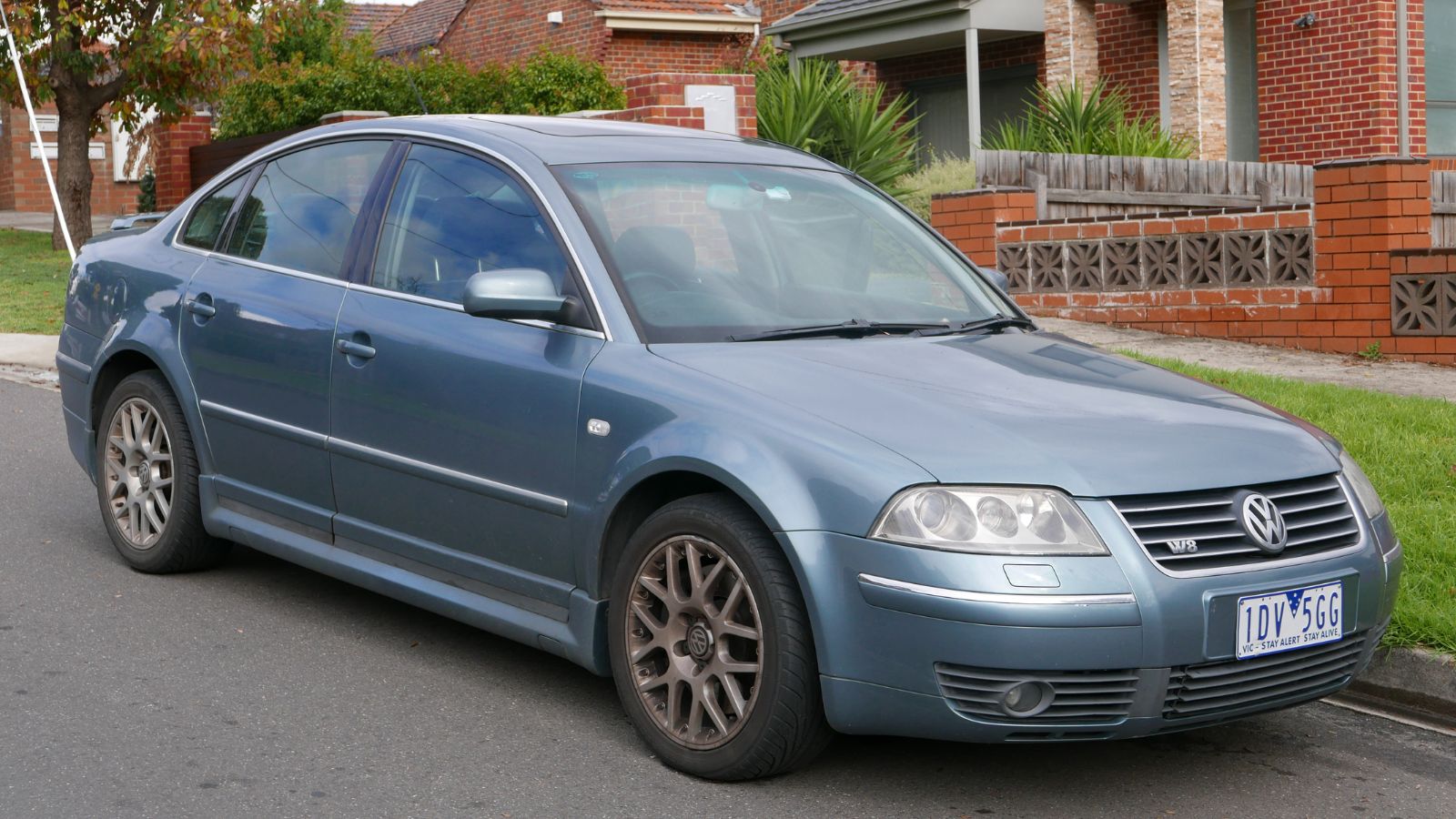
The Passat had sleek European looks and a comfortable ride, but the naturally aspirated 2.0L four-cylinder was completely out of place. Slow to accelerate and lacking character, it made the Passat feel cheap compared to rivals and reinforced stereotypes about VW’s inconsistent quality at the time.
Mazda 626 with the FS-DE 2.0L
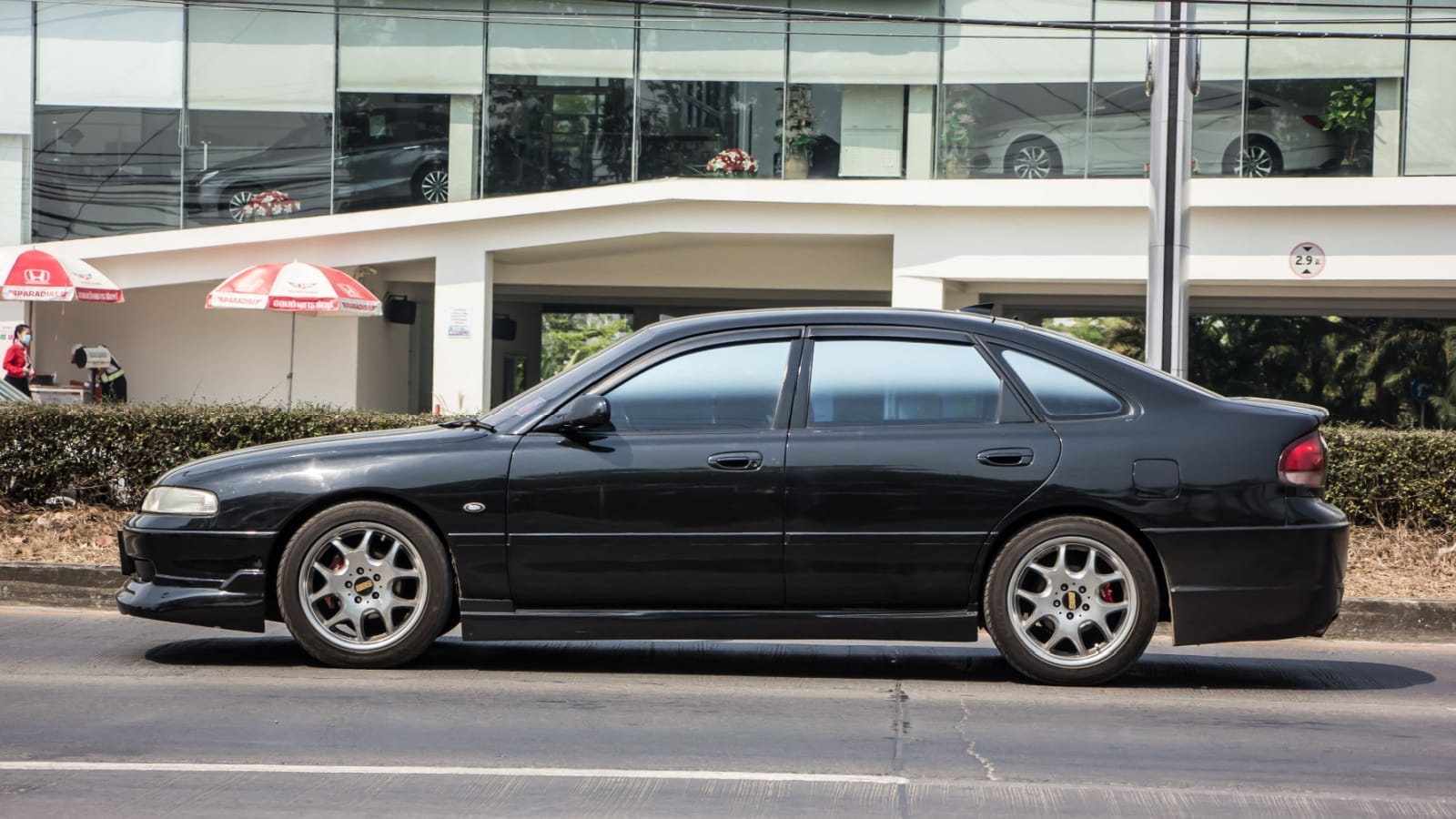
Mazda was known for sharp-handling cars, but the base 626 with its 2.0L four-cylinder felt lifeless. Reliable, yes—but uninspiring and underpowered. Buyers expecting “zoom-zoom” fun were left with a sedan that looked ready to perform but didn’t deliver once on the move.
Chevrolet Malibu with the 2.4L Ecotec

The Malibu aimed to compete with the Toyota Camry and Honda Accord, but the base 2.4L four-cylinder held it back. It lacked smoothness and refinement, making the Malibu feel cheap compared to its Japanese competition. Buyers quickly found that fuel efficiency wasn’t enough to forgive the lack of character.
Jeep Compass with the 2.4L World Engine
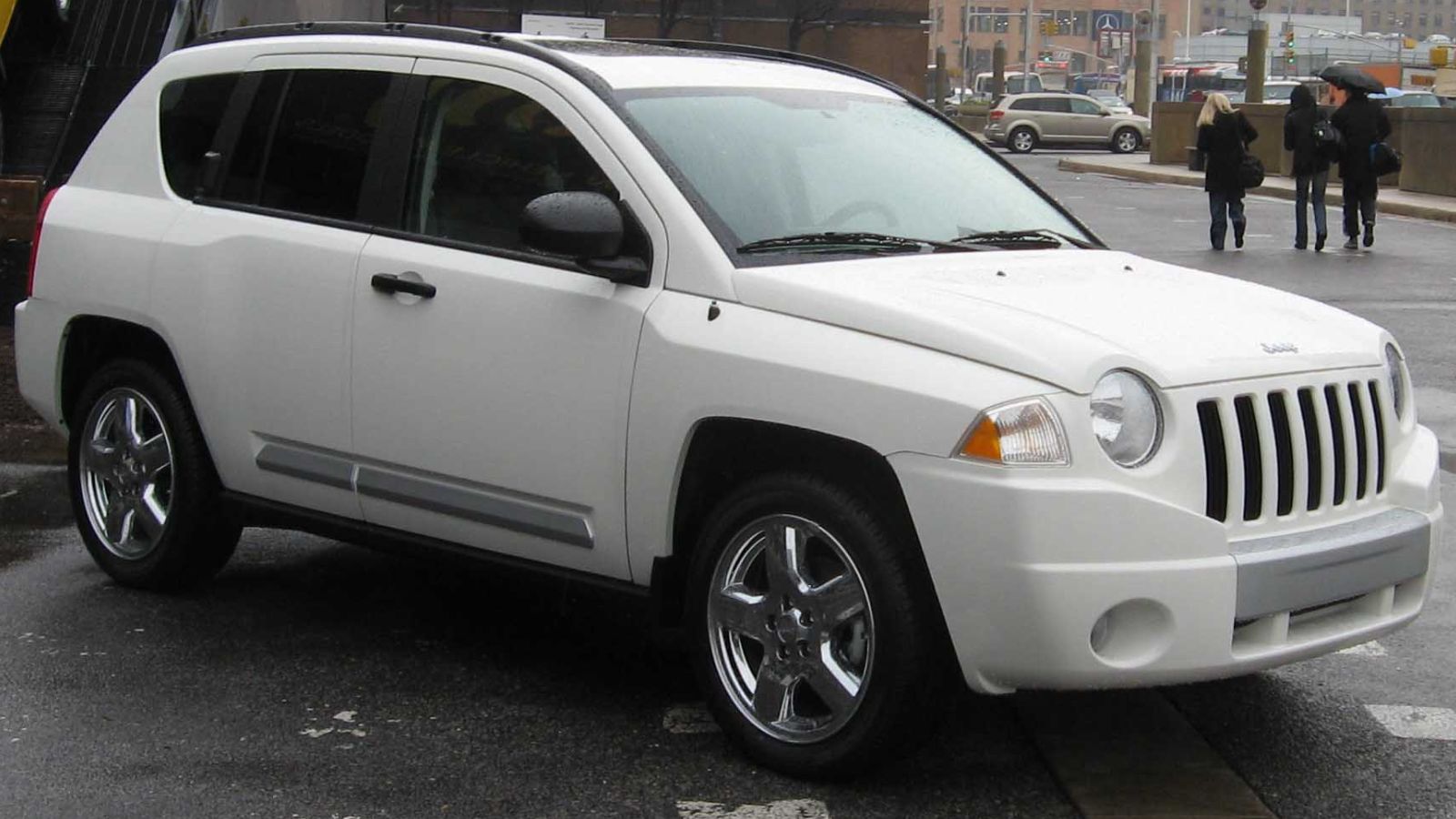
The Compass was marketed as a rugged Jeep, but with the underpowered and unrefined 2.4L four-cylinder, it was anything but. Weak torque, poor real-world performance, and mechanical issues made the Compass a disappointment to Jeep loyalists who expected toughness.
Mercedes-Benz C-Class with the 1.8L Kompressor
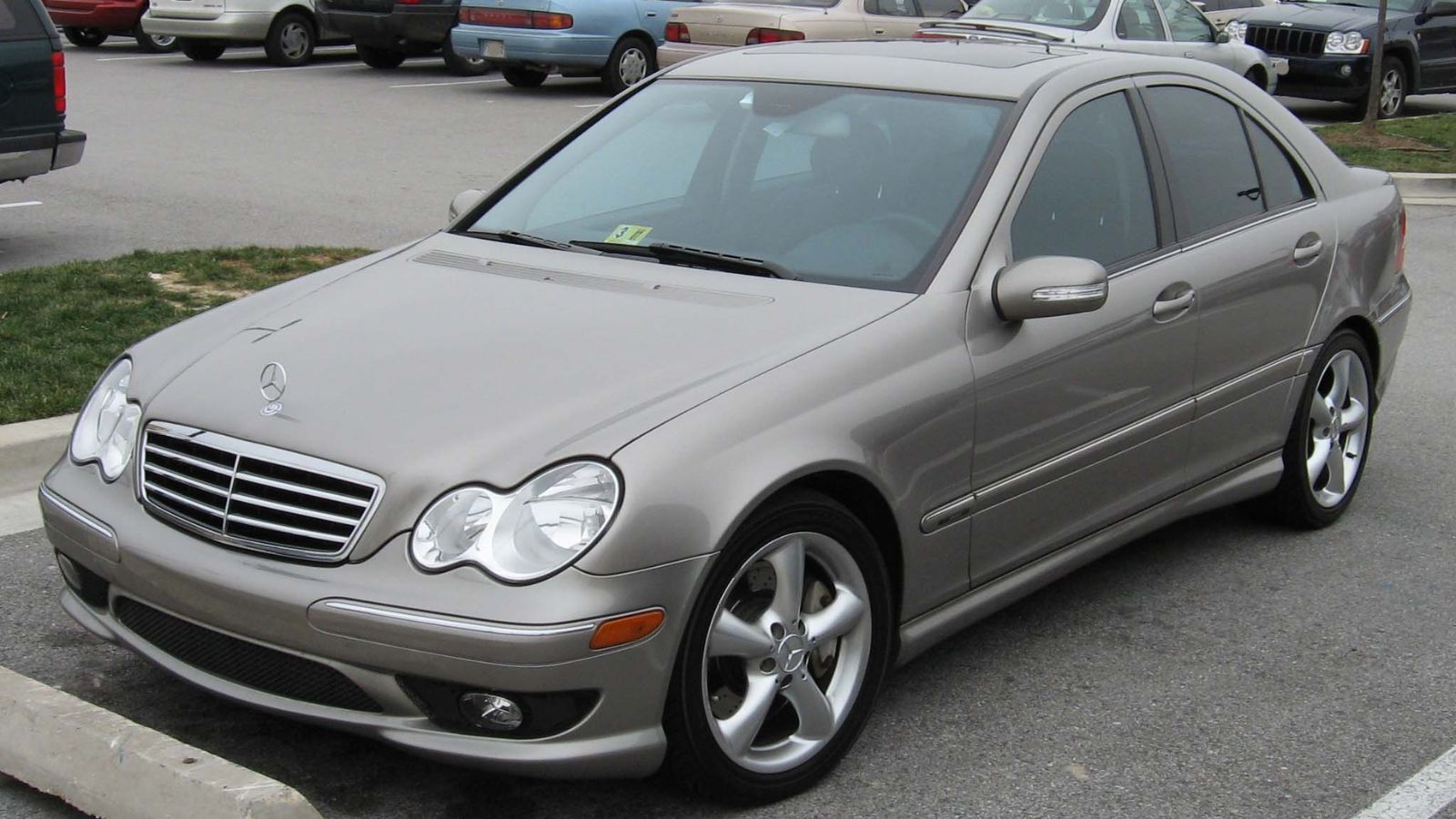
In the early 2000s, Mercedes offered a C-Class with a 1.8L supercharged four-cylinder. While it met efficiency goals, it was noisy, coarse, and lacked the refinement expected from a Mercedes-Benz. For buyers who wanted prestige, it was a bitter pill—proof that even luxury automakers could get four-cylinder placement very wrong.
25 Facts About Car Loans That Most Drivers Don’t Realize

Car loans are one of the most common ways people fund car purchases. Like any other kind of loan, car loans can have certain features that can be regarded as an advantage or a disadvantage to the borrower. Understanding all essential facts about car loans and how they work to ensure that you get the best deal for your financial situation is essential. Here are 25 shocking facts about car loans that most drivers don’t realize:
25 Facts About Car Loans That Most Drivers Don’t Realize
